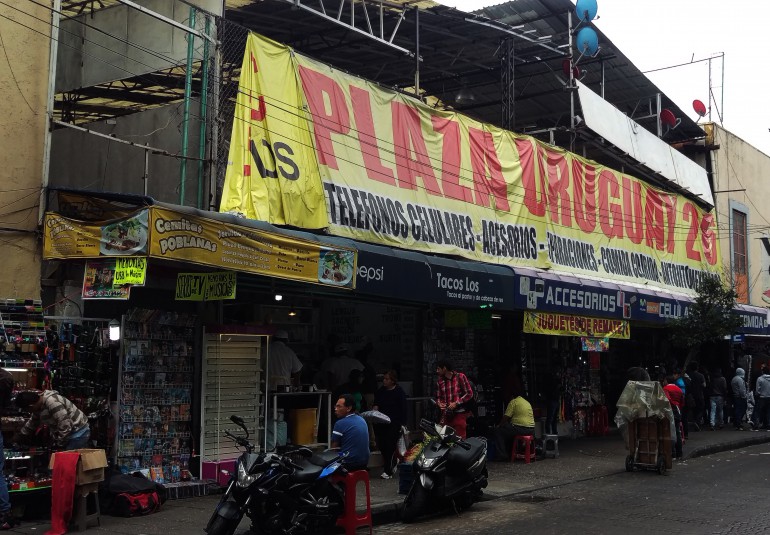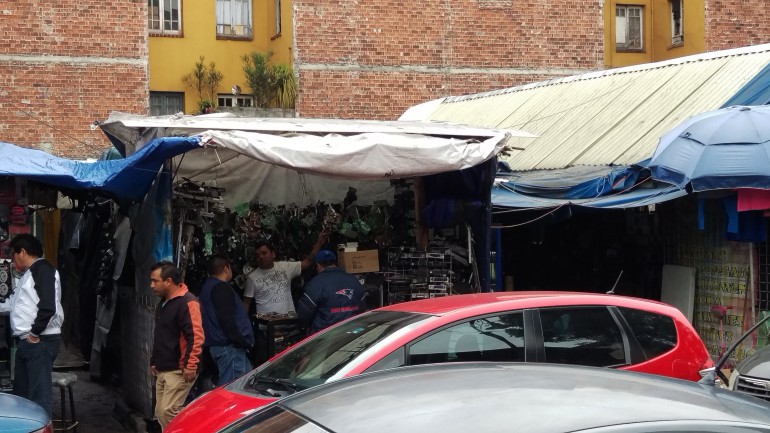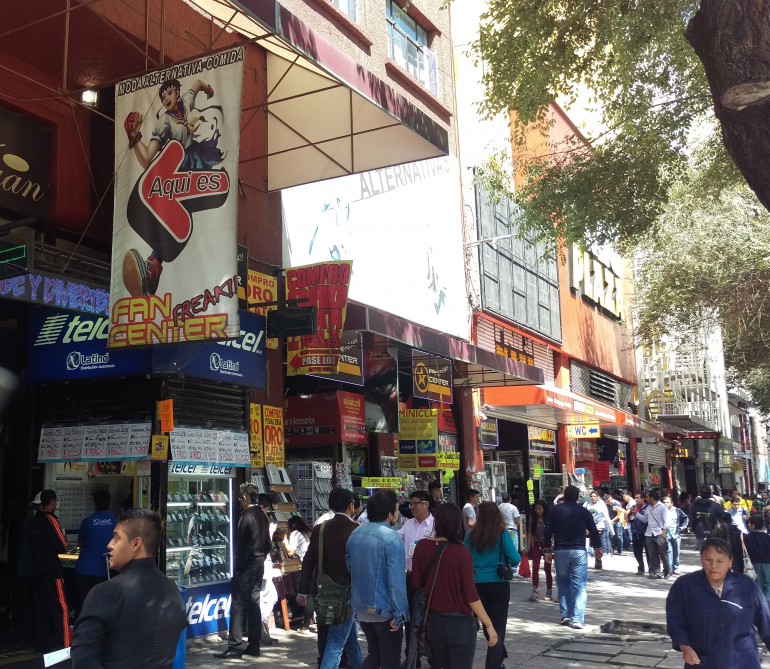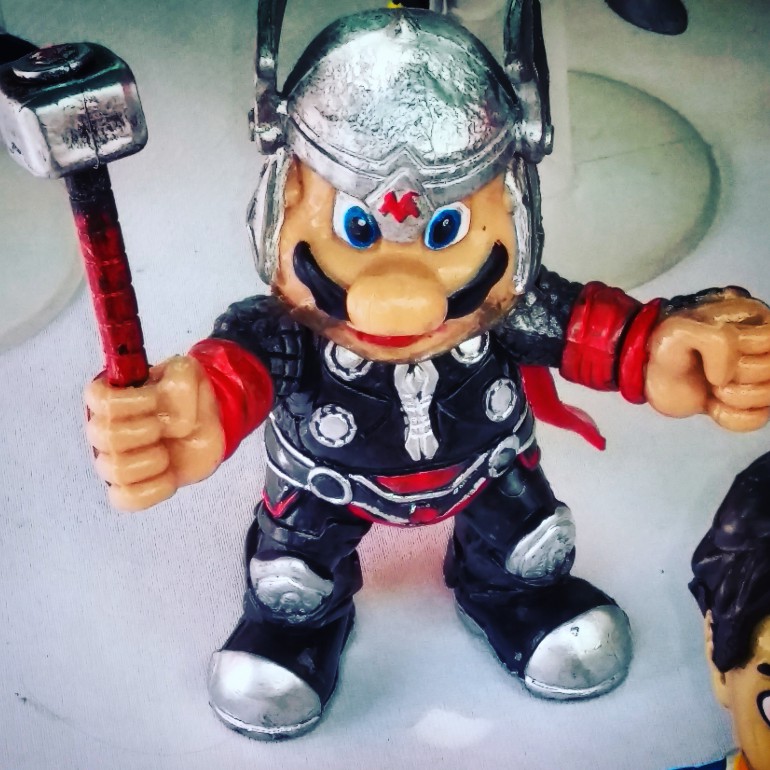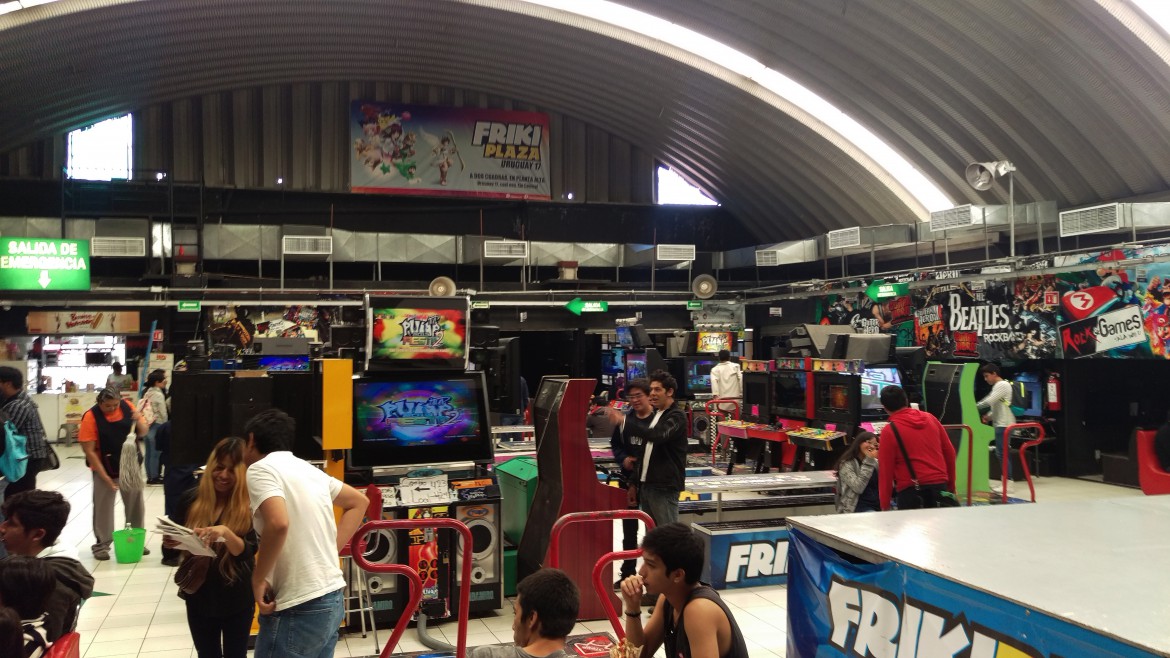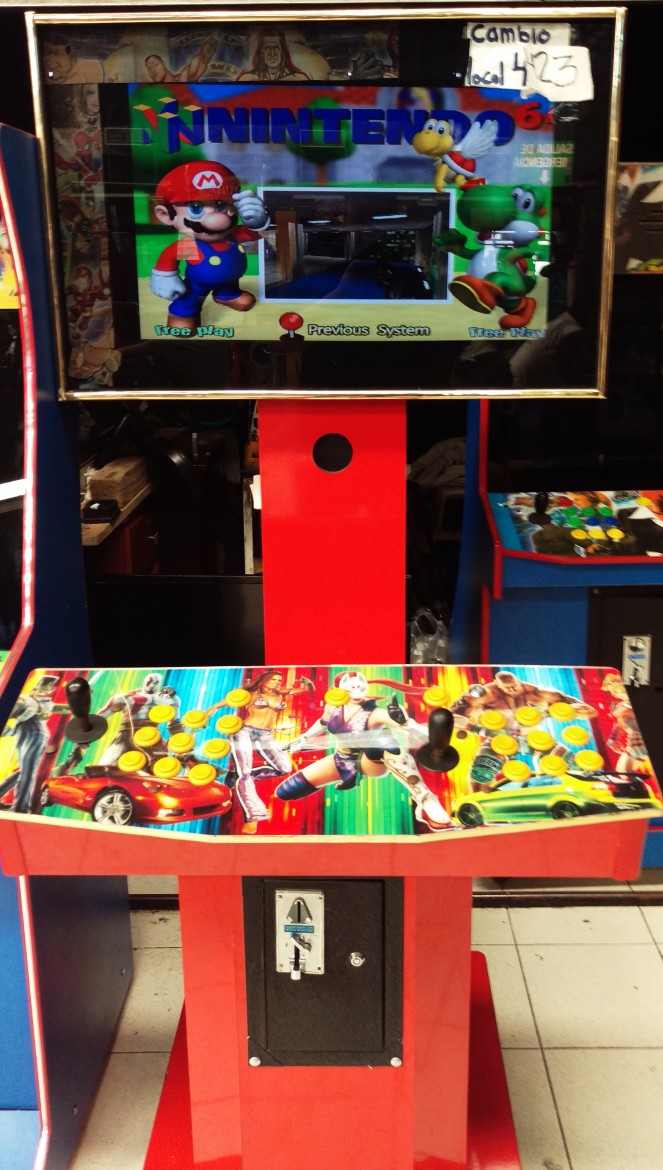As Lynn posted about last week, a number of us traveled to Mexico City to participate in the Transitio_MX 06 Festival. I wanted to take some time and write a bit about some of the culture that I encountered there, as it relates very well (I think) to my own research interests and aligns rather nicely with TAG’s overall mandate as well.
First of all, I just want to acknowledge the wonderful work that the organizers of Transitio did this year, I travel to a lot of events and festivals, and this was one well put together festival and symposium. The exhibitions where well curated, and the talks during the symposium were diverse and engaging. It was wonderful to meet a number of artists whose work I had curated in other contexts, the other curators, and some scholars whose work I’ve respected for some time.
While I could talk about these experiences, which were very valuable, I think that Lynn did a great job of capturing our collective thoughts on Transitio. So instead, I’d like to talk about exploring the streets of the historic district in downtown Mexico City, and the amazing DIY electronics and gaming culture centres I found there.
After installing our exhibition and attending the opening of the festival (talking to other participants, visiting the other exhibitions), we had several days before the symposium began in earnest, so we all took the opportunity to explore. Those who know me, know that DIY cultures are something that I have a vested interest in, dating back to my participation in various scenes over the years. So when I found out that our hotel was around the corner from Mexico City’s electronic district, I found myself more than a little excited! As I began my walk around the area, I was taken aback by what I found. Mexico City is very much a market city; all over there are open air markets in squares and parks and plazas. This area was no different. While the streets were lined with tiny booths and shops, they all sort of spilled out onto the street. Barkers were working to encourage passers by to enter, others had small stalls right on the street, selling everything from cellphone cases to bootleg DVDs, software and music, and large sound systems pumped music into the streets.
Beyond this, the area was marked by innumerable indoor plazas. From the street, these looked very similar to the small alcove-like shops, with tiny booths lining narrow passageways. Once I entered these plazas, I found that they opened up and became twisty labyrinths, some with multiple floors, and giant open atriums. I spent the better part of a day walking through the area, through every twist and turn in every plaza, visiting every floor and finding strange electronic treasures, and even discovering a small tent-city like complex full of old computer parts, electronic components, and taco stands.
In North America, our shopping experiences are sequestered, liscensed… antiseptic. But here, everything is noisy, lively, a little filthy, and chocked full of unlicensed and bootlegged goods. On the streets, I found innumerable bootlegs for just about every popular media property you can think of, Xbox games, Playstation games, cartoons, Hollywood movies, music compilations available on both CD or flash drives. It made me think about the moralizing and legal arguments made against such endeavours in Canada, how the Toronto Police will declare moral and legal triumphs while intercepting bootlegged goods meant for the streets of Chinatown. Yet, in Mexico City, there was no subterfuge, these goods weren’t hidden, they were laid bare in the streets, for all to see and purchase. In fact, I even saw a few local Police Officers, with Vest, Helmets and Riot Shields, stop to buy DVDs while on patrol.
Beyond the simple idea of illegally copying and distributing goods featuring the popular icons of (mostly) American media properties, I found odd bootlegs which mashed them up into new configutations. Dreamworks’ Minions mashed up with comic book superheros, A Super Mario Toy, dressed as Thor, terrible Minecraft / Adventure Time hybrids, and more. I knew before heading to Mexico, that I could expect to find a great deal of bootlegs, but this odd remixing of these IPs surprised me. I’m not sure exactly how to make sense of it, but it seems to me that most of these goods are still imported into Mexico from Asia, as part of a larger network of globally distributed pirated goods. I remember reading somewhere that much of these goods are often made in the very same factories that produced the licensed version sold in the first world. I need to look for this again.
Lastly, I’ll close by talking about two specific places that may be of interest to all of you. Hidden among the cellphone and blue tooth speaker vendors, were escalators to two multi-floor plazas, which I almost overlooked: The Fan Freak Centre, and Friki Plaza. This friends, is where Mexico City’s youth seem to converge, to buy, sell and consume global geek culture. Much like the other plazas, these were multi-floor affairs with narrow passages, but instead of a motley mix of gadgets, it was a collection of venders selling all things “geek”: games, clothing, jewelry, cosplay supplies, console modchip services, CCGs, and just about everything you can think of. It was a mix of manufactured, handmade and bootlegged., with most of the booths being operated by very young vendors. Needless to say, I found myself feeling very overstimulated.
However, the best, as they say, was saved for last. While taking the escalator to the top floor of the Friki Plaza, suddenly the space opened up and I was in a huge atrium covered with the rounded aluminium ceiling of a quonset hut. And found myself inside a massive arcade! Now I had found other smaller instances of this throughout the area, but nothing like this.
What made these arcades different from any other that I have seen (and I’ve seen a LOT of arcades in my time), were the machines being used. While the Dance Dance Revolution cabinets seemed to be legitimate (there were a lot of them), the rest of the arcade was populated by two different configurations: 1. Arcade Cabinets that were clearly unlicensed and DIY; using multi-system emulation, much like a MAME cabinet, and 2.) rows of chairs and couches sitting in front of flatscreens connected to modified Xbox 360s. The cabinets cost 2 pesos per play (about 20 cents), and gamers who were playing the 360s paid by the hour. Interestingly, I saw a young fella who had bought a bootlegged game at a booth in the plaza, playing that same game in the arcade. Which leaves me to wonder about issues related to income and the kinds of technologies that people in the city have in their homes. Perhaps this becomes an affordable method of playing games when home access isn’t available? I have a great deal of other questions around this as well. But there was something singular and unique in what I saw here. I’ve never seen anything quite like it anywhere else.
I think I’ve already gone over the length of what is comfortable for most to read in a blog post, so I’ll close this off. There is so much I could write about with this experience. So many questions about the global circulation of unlicesnced and discounted technologies, the DIY electronics shops and electronic hobby cultures, the strange glut of countless weird radio/mp3 player/ bluetooth speakers which all had sound activiated LED visualizers. The truth is, for all the people I met at Transitio, for all the wonderful works I saw, ideas shared, it’s this small walking adventure that has stuck with me and makes me want to go back. I feel like I only scratched the surface. If I wasn’t as far along in my disseration research as I am, I honestly would just switch gears completely, move to Mexico City for six months and do an ethnography of their arcade culture. I only caught the slightest of glimpses, and I really would love to know more.

